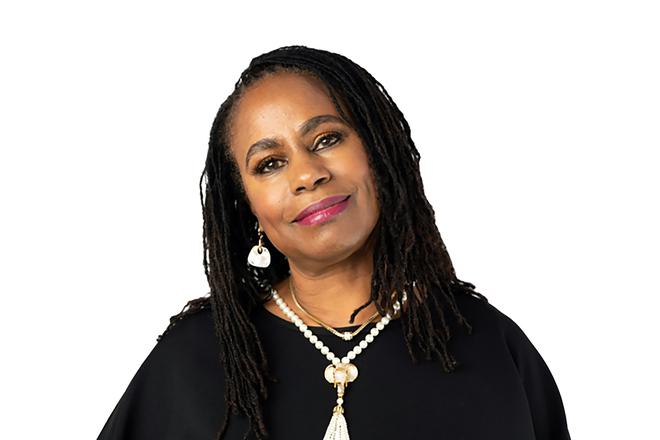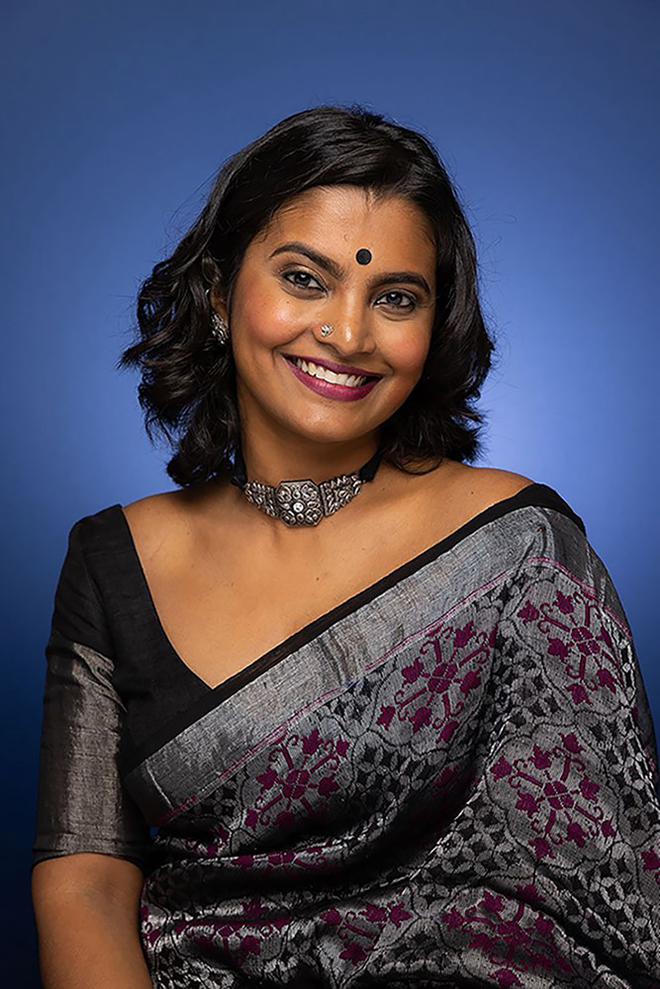Women constitute around 36% of India’s tech force as per data from the industry body NASSCOM. Globally the figure is around 28%. While India seems to be faring better compared to global statistics, the tech industry in the country as well as internationally continues to pose challenges for women and non-binary populations in the form of high entry barriers, workplace culture, organisational policies, pay disparities, and many more.

In 1987 renowned computer scientist Anita Borg, who was a vocal advocate for representation of women in the field of technology, started a digital community for women in computing. The community evolved over the years and is today known as AnitaB.org, a global nonprofit organisation that has been working towards advancing women and non-binary in technology.

Global President & CEO of California-based AnitaB.org, Brenda Darden Wilkerson, who was visiting Bengaluru, spoke to The Hindu about the myriad challenges women in the tech industry face and how the organisation strives to address them. Shreya Krishnan, MD, AnitaB India, also joined the conversation.
Excerpts from the interview:
Welcoming the non-binary community is very important. And it will start probably in the same way as it started with women – through education.
So, we now have to discuss what it means to be non-binary, and what are the pressures they experience when they’re in the workplace or society in general so that we can start to change the culture around how they’re seen and how they’re treated.
I feel like it is an opportunity for us to not only help all of our families and communities but also companies to become much more successful. If they can serve the population that they’re not serving very well right now, it’s going to be better business for them. It’s a win-win all the way around.
The next is to build partnerships where they can get the training and mentorship that they need, sponsorships within their companies and so on.
And then very, very critical, is community.
One of the best strategies to keep people out of tech is to isolate them, to make them feel like they’re the only ones.
Patriarchy has worked because there were always groups for men offering them plan, mentorship, people to look up to and become successful.
So, we provide communities for women. The community here in India is very strong. I see amazing women who are dedicated to not only their careers, but others’ careers.
We also work with the institutions where women learn, where they work, and where they get funded.
Often people ask, ‘how do you help women.’ Women don’t need help. They need the barriers removed. Existing systems, policies and procedures have many times not only not helped women but have hindered them from being able to be successful.
When it comes to workplace culture, there’s the written and the unwritten. The unwritten many times are more insidious than the written - the assumption that women historically shouldn’t speak up, for example. Grace Hopper famously said that the most dangerous phrase in the English language is ‘we’ve always done it this way.’
So, let’s educate men and get them ready to receive women into the environment. We’re doing the same thing for the non-binary people as well.
If you can start to have leaders who, first of all, look like us - that is what has helped men over and over and over through the decades - if we can foster the same sort of leadership pathway for women, then we know things will change.
We need role models. We need to see others like us succeeding and doing amazing things. And it’s not that we’re not. Many times, those contributions are erased. I had never heard of Gladys West until about three years ago. She is the mother of GPS. I didn’t know about Grace Hopper. They didn’t teach me about them when I was growing up.
So, we make sure we give that exposure. And we see people go on in their careers and do amazing things because they got that exposure.
There are three things that we look at - how many women are being retained, how many are being promoted, and at what rate? These three are really important spaces.
The other thing that is important to me is to encourage women to become entrepreneurs and build their own companies.
In the U.S., 49% of the new companies created since the pandemic were headed by women. So, if we can then work with funders to make sure that they get funding, teach them of alternate ways because VC funding is not the only way to get funding, it can go a long way.
But what are you doing about people who don’t have that? What are you doing about Dalit women? These are some of the questions. Then there are minorities and so much religious discrimination against them.
When it comes to policy, advocacy and the way the world is designed, whether it’s in the U.S. or India, there is so much shared narrative about access, opportunities, equity, and understanding equity. There are people who are more pissed off with imperfect feminism than with the perpetual misogyny and patriarchy.
As per research the journey towards equity and pay parity in India will take around 200 years; Which means our grandchildren are probably going to see the fruits of what we’re doing. Which also means why it’s all the more important.
In India, you’re looking at intersectionalities that are far more complex because you have class, caste, you have the urban-rural divide, multiple languages, the English-speaking and non-English-speaking divide…
To create equality, social justice and equity is the only way forward. We need to level the playing field.
The good news is today everybody wants to be diverse. Everybody has the intent now to say they want diversity either as a ‘tick-in-the-box’, a token, or as a genuine effort. There’s a conversation in process. Then, you channel that in the right direction. It’s a journey. And if people come to the table with a little bit of openness and intention, then the rest for us will be easier because we’ve started the work.









